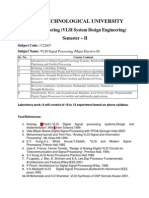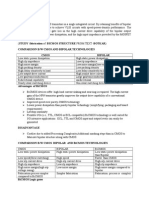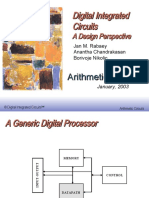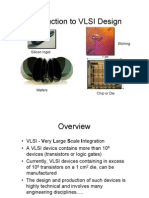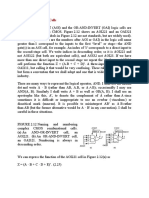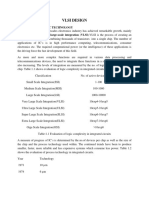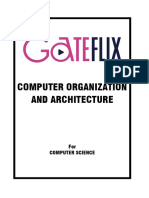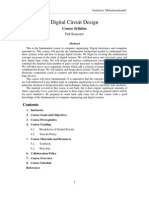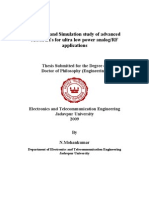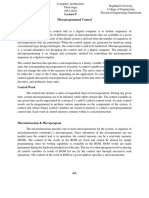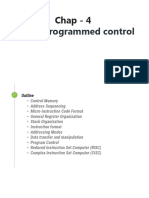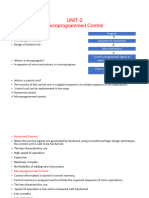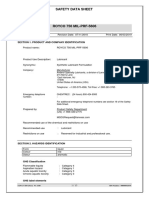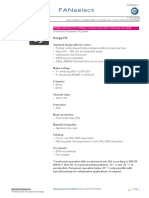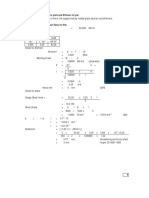100% found this document useful (1 vote)
66 views10 pagesChapter Eight Microprogrammed Control: Computer Architecture
Uploaded by
2022-112836Copyright
© © All Rights Reserved
We take content rights seriously. If you suspect this is your content, claim it here.
Available Formats
Download as PDF, TXT or read online on Scribd
100% found this document useful (1 vote)
66 views10 pagesChapter Eight Microprogrammed Control: Computer Architecture
Uploaded by
2022-112836Copyright
© © All Rights Reserved
We take content rights seriously. If you suspect this is your content, claim it here.
Available Formats
Download as PDF, TXT or read online on Scribd
/ 10








